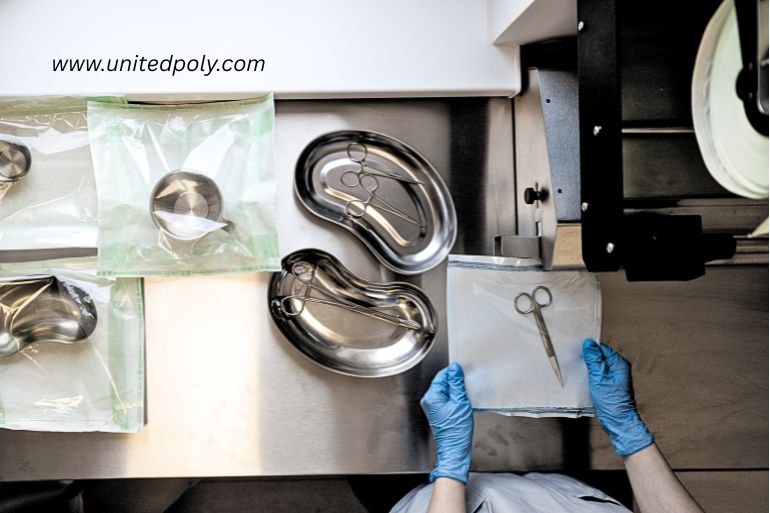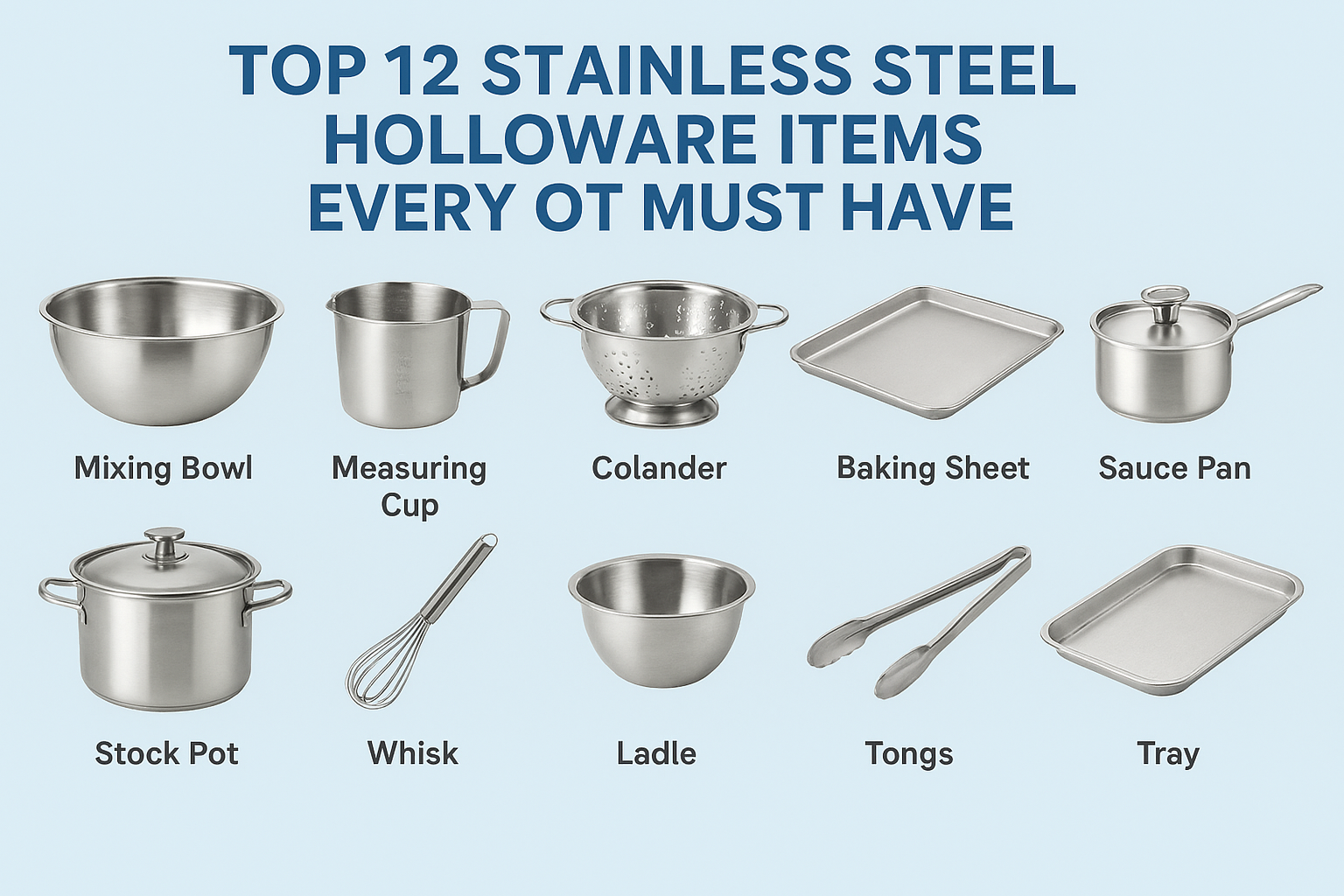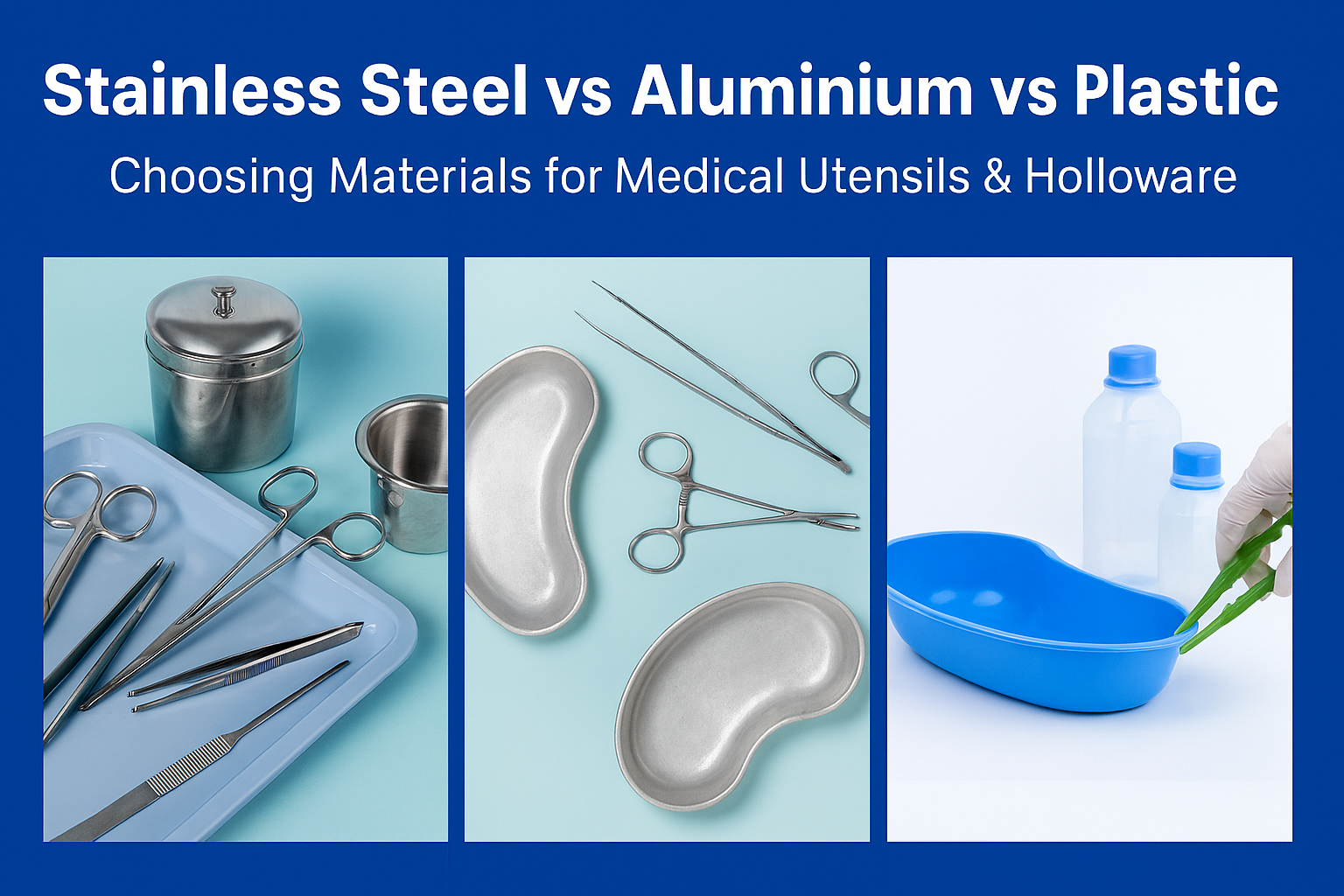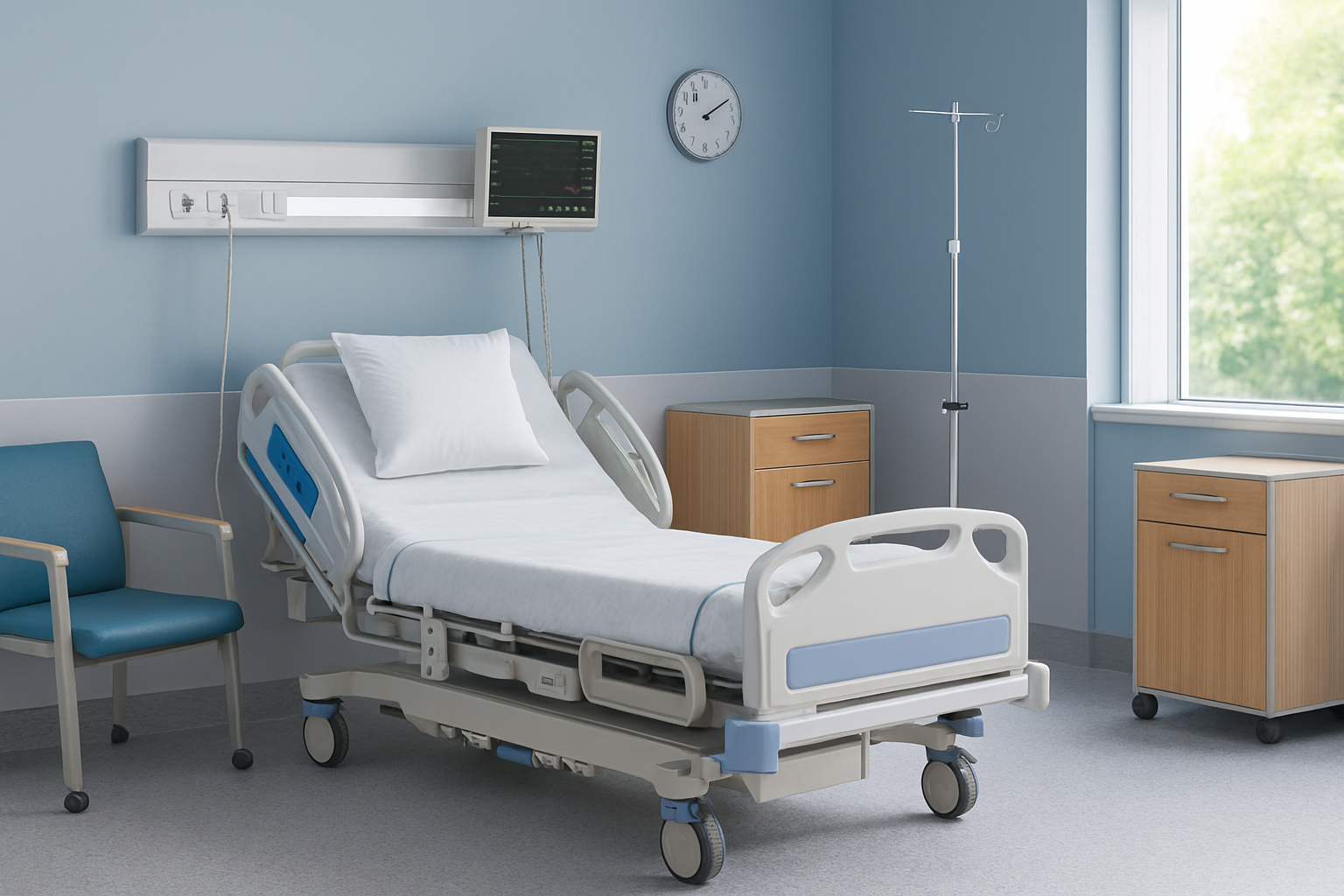In every hospital or clinic, sterilization is not just a daily routine; it is a doable aspect. It is important to ensure a good sterilization container for utmost safety, hygiene, surgical success and operational efficiency.
What are Sterilization Containers?
Sterilization containers are reusable and strong systems meticulously designed to hold and protect surgical instruments during the sterilization process, storage and transport. They are meticulously crafted from the best quality and durable materials, providing a secure and sealed environment allowing the sterilizing agents to penetrate and sterilize the instruments inside while maintaining sterility until use.
It is advisable to order these containers from the dedicated sterilization containers manufacturers to ensure the utmost premium quality.
How to choose Sterilization Container for Surgery?
- Durable Material: It is important to choose containers made from the medical grade anodized aluminum, stainless steel or heat-resistant polymers that can withstand repeated sterilization cycles without corroding or warping.
- Compatibility: Make sure the container will withstand the sterilization methods used in your healthcare facility. The various methods of sterilisation are steam, plasma and ETO sterilization. Choose the container that is compatible with the sterilization method used in your hospitals.
- Effective Barrier Systems: It is important to look for containers with reliable microbial barriers like gasket seals, medical–grade filters, and tamper-evident locking systems to maintain sterility after the sterilization method.
- Safety of the instruments: The best sterilization containers for surgical tools ensure the utmost safety of the surgical instruments. Their designs include silicon mats, retention brackets or modular trays to protect delicate surgical instruments from damage and movement.
- Ergonomics and Handling: It is important to choose the containers with heat-resistant handles, smooth latches and stackable designs for safe and efficient handling and storage by the healthcare staff.
- Labelling and Tracking: It is advisable to choose the containers with colour-coded ID plates, barcode/RFID options and customizable tags to ensure easy tracing, enhancing inventory management.
- Easy to Clean: Choose the reusable surgical sterilization trays that are easy to clean and reuse. The containers with smooth, easy-to-clean surfaces and removable parts support drying and in-depth decontamination.
- Regulatory Compliance: Make sure the container meets AAMI, ISO and regional medical device norms.
- Affordable: Evaluate long-term savings, repairable parts and reusability compared to disposable wraps.
With the help of the above medical sterilization container buying guide, you can choose the right container for your facility.
Features of a good Surgical Instrument Sterilization Box
- Material-Grade Construction: A good sterilization container must be engineered from the best quality medical-grade materials that include anodized aluminum, stainless steel and high-temperature polymers. These materials do not warp, crack or degrade after repeated heat, steam or chemical exposure.
- Effective Barrier Contamination: The durable surgical instrument containers must create a reliable barrier against microbes and contaminants during transport and storage. They must have filter retention plates that hold sterilizing filters in place to ensure sterile air exchange during autoclaving. They have rubber or silicone gaskets, ensuring that once sterilized, the container remains sealed until deliberate opening. Their tamper-evident locks help confirm sterility has been maintained since the last cycle.
- Compatibility with Sterilization Methods: The sterilization containers must be compatible with multiple sterilization methods commonly used in the healthcare facility. They include autoclaving, ETO, Hydrogen Peroxide Plasma and dry heat. The best quality containers are engineered to allow the sterilants to penetrate and fully contact the instrument surfaces, effectively vent and dry afterwards. It is important to have validation for each method.
- Safe and Ergonomic Design: Good Sterilization containers are meticulously engineered for easy and safe handling by healthcare staff. The design elements include ergonomic handles, a locking mechanism, a stackable design and a non-slip base.
- Protection of the Instrument: The best containers do more than protect sterility. They safeguard the instruments from physical damage. Check if they have silicone mats, an instrument retention system and modular trays. A good container ensures sharp edges; delicate scopes and fine tools are not damaged.
- Labelling and Traceability Features: Good sterilization containers include colour-coded systems, customizable tags and are barcode or RFID compatible. These features improve workflow efficiency and traceability minimizing the risk of human error.
- Easy to Clean and Maintain: A poorly cleaned container can affect the surgical procedure. It is important to choose the container that is easy to clean and maintain. Choose the one with smooth surfaces, easy to disassemble, and all parts must withstand repeated sterilization cycles without deteriorating. Ease of maintenance extends the lifespan, ensuring consistent performance.
- Regulatory Norms: A good sterilization container complies with the industry and medical standards like ISO, FDA approval and more. Check the certifications and testing documentation to validate performance claims.
- Eco-Friendly and Affordable: The disposable wraps incur recurring costs; reusable sterilization containers offer long-term savings and sustainable benefits. Health care facilities prioritizing sustainability must order high-quality reusable boxes.
- Proven Track Record: A good sterilization box is supported by proven performance in clinical trials, warranty, service support, training and instructions. Work with a reliable supplier offering post-purchase support to maximize container performance and regulatory compliance.
A sterilization container has a great impact on the surgical success. A good box blends quality materials, airtight security, ergonomic design and traceability features, all while ensuring compatibility with modern sterilization methods. It is important to choose the right container to ensure every surgical instrument is safe, sterile and ready for precision.
It is advisable to order the sterilization containers from a reliable exporter or manufacturer to ensure good quality and lasting performance.
FAQs
- What is a good sterilization container for surgery?
A good sterilization container for surgery is a sealed system that ensures effective sterilization, surgical instrument protection and maintains sterility until use. United Poly manufactures and exports high-grade sterilization containers for healthcare facilities. - Why choose autoclave-safe instrument containers?
Choosing autoclave-safe surgical containers ensures they withstand high-temperature steam sterilization without compromising safety or performance. - What are the types of surgical instrument sterilization boxes?
The types of surgical instrument sterilization boxes include rigid containers, perforated trays, cassette systems and peel-packs compatible boxes.






